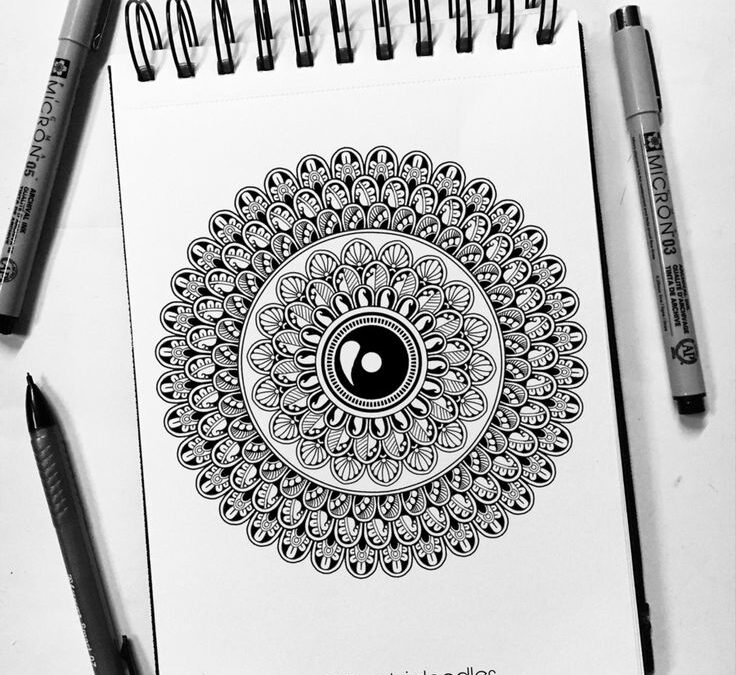Mandala art is a form of intricate, circular design that often holds spiritual, ritualistic, or meditative significance. The word “mandala” originates from Sanskrit, meaning “circle” or “center.” Mandalas typically feature a geometric pattern radiating from a central point and are used in various cultures and traditions for artistic expression, meditation, or symbolism.
Characteristics of Mandala Art:
- Circular Structure: Most mandalas are concentric circles that symbolize wholeness, unity, and eternity.
- Geometric Patterns: They often include repeating patterns such as triangles, squares, or floral shapes, arranged symmetrically.
- Symbolism: Each element can have specific meanings, like balance, harmony, or connection with the universe.
- Detailed and Intricate: Mandalas are often highly detailed, requiring precision and patience.
- Colorful Designs: Bright, vibrant colors are commonly used to enhance visual and emotional impact.
Cultural and Spiritual Significance:
- Hinduism and Buddhism: Mandalas are used as spiritual tools for meditation and rituals, symbolizing the universe, the self, and the path to enlightenment.
- Tibetan Sand Mandalas: Created with colored sand, these temporary artworks represent the impermanence of life and are often destroyed upon completion.
- Western Adaptations: In modern art and therapy, mandalas are used for stress relief, mindfulness, and self-expression.
Modern Uses:
- Art Therapy: Drawing or coloring mandalas helps reduce stress and improve focus.
- Home Décor: Mandala patterns are popular in textiles, wall art, and other decorative items.
- Fashion and Design: Mandala-inspired prints are common in clothing and accessories.

